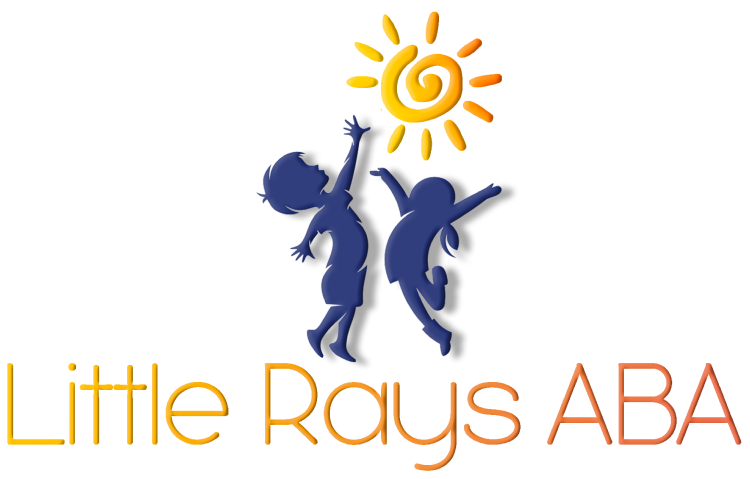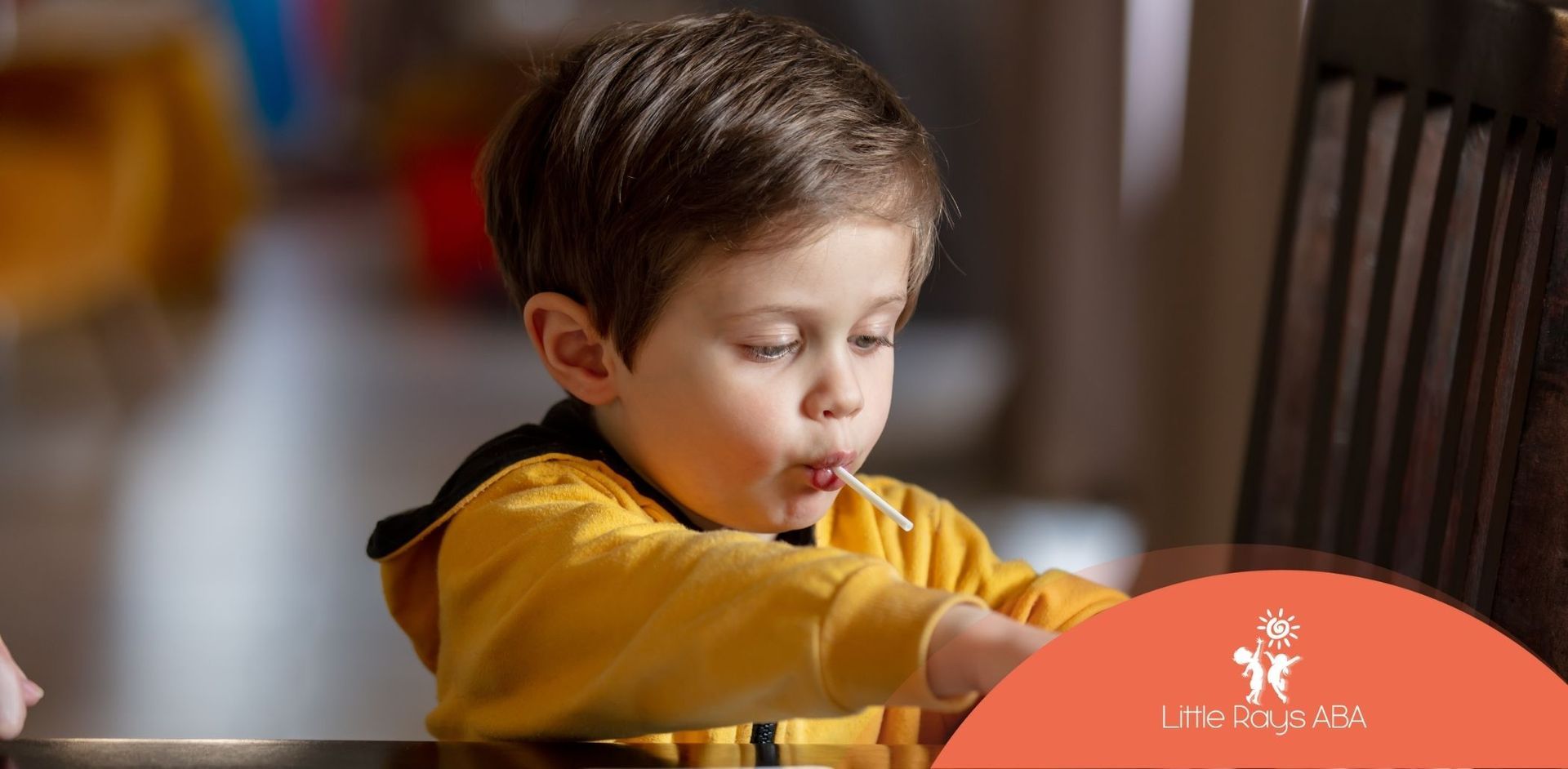Mastering Home Preparation for In-Home ABA Therapy
In-home ABA therapy has emerged as an effective solution for helping children with autism enhance various skills while addressing challenging behaviors. Conducted within the familiar home environment, this therapy empowers parents and caregivers to be actively involved and ensures the child feels secure. By preparing the home thoughtfully, parents are creating a foundation that supports the long-term success of ABA therapy in contributing to their child’s growth and independence. This blog will guide you through the essential preparations to maximize these benefits.
Understanding In-Home ABA Therapy
In-home ABA therapy uses evidence-based behavioral interventions to teach essential life skills and reduce problematic behaviors. It is structured to fit seamlessly into home routines, making it a natural and comforting experience for the child.
By empowering children with autism to practice learned skills in their immediate surroundings, in-home ABA therapy bridges the gap between structured treatment and daily life. This approach fosters practical applications, ensuring more relevant and lasting behavioral changes while encouraging parental participation.
Definition and Key Concepts of ABA Therapy
Applied Behavior Analysis (ABA therapy) is a scientific approach to understanding behavior and promoting positive change. It relies on the principles of behavior analysis, which focus on identifying specific behaviors and implementing strategies to modify them effectively. ABA therapy emphasizes positive reinforcement as a primary tool for encouraging desired behaviors.
Behavior analysis operates on the premise that behavior is influenced by environmental factors and can be shaped through systematic interventions. Applied Behavior Analysis applies these principles to socially significant behaviors, such as communication, socialization, and academic skills.
As one of the most researched methods for autism treatment, ABA therapy is tailored to the unique needs of each child. With strategic interventions, it enables children to learn new skills and minimize disruptive behaviors, improving their overall quality of life. In-home ABA therapy takes these techniques and adapts them to the child’s natural environment for lasting impact.
Importance of In-Home ABA Therapy in Child Development
In-home ABA therapy plays a vital role in supporting child development, especially for children with autism diagnosis. The familiar home atmosphere reduces anxiety and fosters a sense of security, allowing children to focus better on therapy activities.
Using ABA techniques, therapists help children acquire critical life skills, such as communication and social interaction, while addressing self-harming or challenging behaviors. These interventions are directly applicable to the child’s daily life, making therapy highly practical and meaningful.
Furthermore, parental involvement is a cornerstone of in-home therapy. By participating in sessions, parents learn strategies to reinforce their child’s progress beyond therapy hours. This collaborative approach ensures consistency and builds on the child’s successes in a supportive environment, ultimately unlocking their fullest potential.
Preparing Your Home for ABA Therapy
Setting up your home for in-home ABA therapy is critical for ensuring productive sessions and supporting your child’s learning journey. A well-prepared space promotes focus, minimizes distractions, and provides comfort to both your child and the therapist.
From designating a quiet therapy area to organizing essential materials, thoughtful preparation can create an optimal learning environment. Open collaboration with family members also strengthens the integration of therapy into daily routines, fostering more impactful results.
Essential Equipment and Resources Needed
To make therapy sessions smoother and more effective, specific equipment and resources should be readily available in the space. Essential items include sensory tools like weighted blankets, noise-canceling headphones, or fidget toys, which aid in managing sensory sensitivities.
Organized storage solutions such as labeled bins or shelves help keep learning materials, toys, and educational aids accessible and tidy. This minimizes interruptions during sessions and ensures everything flows efficiently.
Adequate seating arrangements and lighting also contribute to creating a functional environment. Comfortable chairs, small tables for tabletop exercises, and well-lit spaces enhance the focus. Having these resources on hand ensures both the therapist and your child can fully engage in meaningful and productive activities during therapy.
Step-by-step Guide to Setting Up Your Home
Creating an ideal therapy space involves careful planning and execution. Follow these steps for a smooth setup:
- Choose a quiet, low-traffic area: Avoid spots with frequent interruptions or excessive noise.
- Include clear storage solutions: Use shelves, labeled bins, or drawers to keep therapy tools organized and accessible.
- Prioritize comfort and functionality: Ensure the area has comfortable seating, adequate lighting, and options for sensory activities.
Maintaining a distraction-free atmosphere and improving accessibility facilitates seamless therapy sessions. A well-thought-out space enhances focus, learning, and consistency for both your child and the therapist.
Step 1: Designate a Therapy Area
Designating a dedicated therapy area is pivotal for conducting effective ABA therapy sessions at home. This space should be calming and free from household traffic to minimize disruptions.
Create a child-friendly zone tailored to your child’s needs. Comfortable furniture, natural or bright lighting, and sensory-friendly elements will encourage focus. A small table and chairs can serve structured activities, while floor mats or cushions support play-based content.
Remember, consistency in the therapy area fosters familiarity and trust. Avoid sudden changes in location or setup, as these can unsettle routines crucial for your child’s progress.
Step 2: Create a Distraction-Free Environment
Reducing distractions is essential for optimizing therapy sessions. Begin by eliminating audible interruptions such as loud TV, radio, or appliance noise. Consider using fans or white noise machines to mask unavoidable sounds.
Decluttering the space is equally important. A tidy, organized setup helps maintain focus and allows both the therapist and your child to navigate the session efficiently. Keep visual stimuli to a minimum, avoiding bright colors or busy patterns that might overload your child’s senses.
Finally, ensure fewer interruptions by communicating with household members about session times. This collective effort fosters a calm atmosphere, supporting maximum engagement in therapy.
Engaging with Your ABA Therapist
Building a strong partnership with your ABA therapist ensures optimal therapy delivery and creates a comfortable dynamic for your child. Open communication fosters trust and helps resolve concerns effectively.
By maintaining consistent discussions with your therapist, you stay informed about progress, challenges, and recommended interventions. Collaboration and mutual respect between all parties enhance therapy results while supporting your child’s development journey.
Building a Strong Relationship
Establishing a positive rapport with your ABA therapist lays the foundation for a successful partnership. Trust and transparency are crucial, as the therapist spends significant time in your home guiding your child’s learning process.
Open communication helps you express concerns or provide helpful insights about your child’s behavior, preferences, or needs. Discussing and aligning on therapy goals further strengthens collaboration, ensuring your expectations are met.
Encouraging feedback sessions with the therapist builds mutual understanding, making it easier to achieve shared objectives and promoting your child’s progress.
Communicating Your Child’s Needs and Progress
Effectively conveying your child’s needs during therapy sessions allows your ABA therapist to tailor interventions. Share your observations about your child’s strengths, areas of difficulty, and sensory sensitivities.
Regular updates on progress foster open communication, enabling you to track milestones while addressing challenges. Requesting clarity on specific techniques used in therapy equips you to replicate them at home, reinforcing skills outside sessions.
Collaborating with the therapist ensures that their strategies align seamlessly with your child’s personalized treatment plan for optimal results.
When considering in-home ABA therapy near me, it’s important to ensure that your home environment is set up for success. A well-organized, distraction-free space can significantly enhance the effectiveness of therapy, making it easier for your child to focus and engage in learning. Working with an experienced ABA provider, you can develop a tailored approach that integrates seamlessly into your daily routines, making therapy more effective and enjoyable. Reach out to local professionals today to begin creating the ideal environment for your child’s progress and success in in-home ABA therapy.
Conclusion
In conclusion, preparing your home for in-home ABA therapy is a crucial step in fostering a supportive environment for your child's development. By creating a designated therapy area and minimizing distractions, you not only enhance the effectiveness of the sessions but also build a strong foundation for collaboration between you, your child, and the therapist. Understanding the importance of open communication and actively engaging with the therapist ensures that your child's unique needs are being met. Remember, each child's journey is different, and being patient and adaptable is key. If you have any questions or need further guidance, feel free to reach out to an ABA professional or consult the resources available to you. Together, we can make a meaningful impact in your child’s growth and learning!
At Little Rays ABA, we believe that a well-prepared home environment is key to maximizing the benefits of in-home ABA therapy. Our experienced team helps families set up spaces that are conducive to learning, with strategies tailored to your child's needs. From organizing materials to setting clear routines, we guide parents every step of the way. Ready to take the first step toward positive change? Contact Little Rays ABA today and let’s create the perfect home environment for your child’s success.
Frequently Asked Questions
What should I consider when choosing an area for ABA therapy in my home?
Select a quiet, low-traffic therapy area free from distractions like clutter and excessive noise. Ensure the environment is child-friendly, with adequate lighting, seating, and sensory tools to enhance focus. A consistent location builds familiarity for the child and therapist.
How often should the therapy sessions be conducted?
Session frequency depends on the child's needs and treatment plan. However, consistency is key. Most in-home ABA therapy schedules range from daily to several times a week. Discuss session timings with your therapist to align it with your child’s progress goals.
What are common challenges during in-home ABA therapy and how to address them?
Challenges include distractions, inconsistent routines, and communication gaps with therapists. Solutions include creating a distraction-free environment, maintaining predictable schedules, and fostering open dialogue with the therapist to address concerns and optimize interventions for your child.
Can family members participate in ABA therapy sessions?
Yes, family involvement is encouraged in ABA therapy sessions. Participation allows parents and siblings to learn techniques, practice skills, and reinforce positive behaviors outside the sessions, fostering generalization and improving the child’s developmental outcomes.
How do I measure the progress of in-home ABA therapy?
Progress measurement focuses on tracking improvements in target behaviors through your child's treatment plan. Regular discussions with the therapist and established benchmarks in therapy sessions help assess the child's growth, skill acquisition, and overall effectiveness of interventions.
Related Posts





